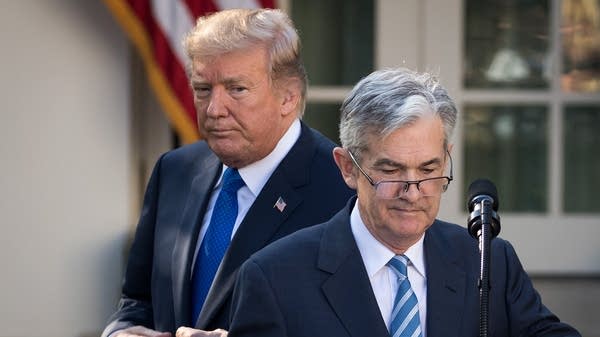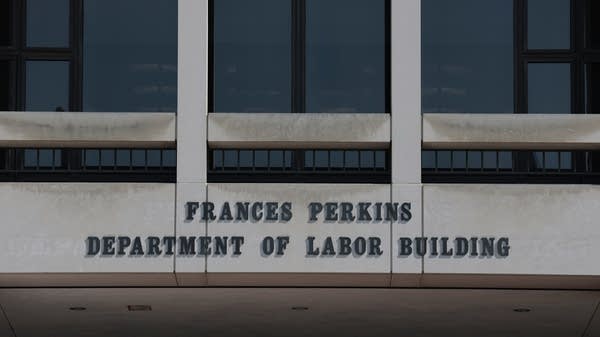The deepening relationship between crypto and government debt
Coinbase will be the first crypto firm to join the S&P 500 — a sign of growing entanglement between the traditional finance world and crypto.

The cryptocurrency exchange Coinbase will join the S&P 500 next week. The index, of course, rounds up many of the biggest companies in the stock market.
Coinbase will be the first crypto firm to join that group. But there’s another traditional financial market, besides stocks, where crypto’s influence is also growing.
One place where the crypto world and the broader economy intersect is in government debt. Crypto companies hold a lot of it, according to Gil Luria, head of technology research at D.A. Davidson.
“They are very large buyers of U.S. treasuries,” he said.
That’s because some cryptocurrencies peg their value to the U.S. dollar. Currencies that peg to a reserve asset are called stablecoins, said Michael Jones, an economics professor at the University of Cincinnati.
“The reason those were introduced is to reduce the volatility in prices that you see with traditional cryptocurrencies like Bitcoin,” he said — reduce volatility but still offer many potential benefits of cryptocurrencies, “like instant settlement, programmability, censorship resistance.”
And to keep stablecoins stable, crypto firms are backing their currencies with what’s widely viewed as a safe investment: real, live government debt.
“It seems to be something that would give institutional investors, who they’re trying to attract, more comfort,” said Miguel de la Mata, an analyst at S&P Global Ratings.
Last year, the crypto firm Tether claimed it bought more U.S. treasuries than all but six other countries. The company holds around $100 billion worth of government debt.
There’s something of an irony in all this, said Eswar Prasad, a professor of economics at Cornell University. “Because the whole point of the original cryptocurrency bitcoin was to get away from reliance on traditional financial institutions.”
And this irony could come with some risk. Prasad said that crypto markets were once isolated enough that, if they crashed in a so-called “crypto winter,” it didn’t make much of a dent in the broader financial system.
“That is beginning to change,” Prasad said. “The entanglements between crypto and traditional finance are increasing.”
A future crypto winter could cause a sell-off in treasury-backed stablecoins, he added, “which would then infect a lot of other financial markets because U.S. Treasury securities are the benchmark for many financial products in the U.S.”
The crypto industry overall still holds just a tiny fraction of U.S. debt. But with a crypto-friendly president in the White House, Prasad expects the connections between crypto and traditional finance to grow.













